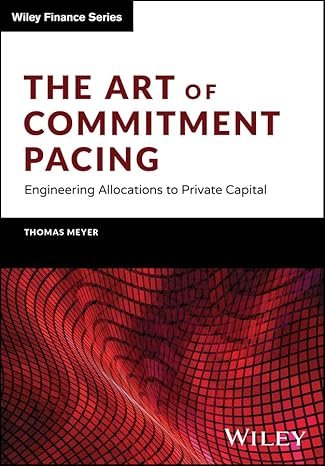The Art of Commitment Pacing: Engineering Allocations to Private Capital provides a much-needed analysis of the issues that face investors as they incorporate closed ended-funds targeting illiquid private assets (such as private equity, private debt, infrastructure, real estate) into their portfolios. These private capital funds, once considered “alternative” and viewed as experimental, are becoming an increasingly standard component of institutional asset allocations.
However, many investors still follow management approaches that remain anchored in the portfolio theory for liquid assets but that often lead to disappointing results when applied to portfolios of private capital funds where practically investors remain committed over nearly a decade.
When planning for such commitments, investment managers and researchers are faced with practical questions such as:
- How to measure and control the real exposure to private assets?
- How to forecast cash-flows for commitments to private capital funds?
- What ranges for their returns and lifetime are realistic, and how can the investor’s skill be factored in?
- Over which dimensions should a portfolio be diversified and how much diversification is enough?
- How can the impact of co-investments or secondaries be modelled?
- How to design pacing plans that lead to resilient and efficient portfolios?
- What stress scenarios should be considered and how can they be applied?









Be the first to review “The Art Of Commitment Pacing – Engineering Allocations To Private Capital”